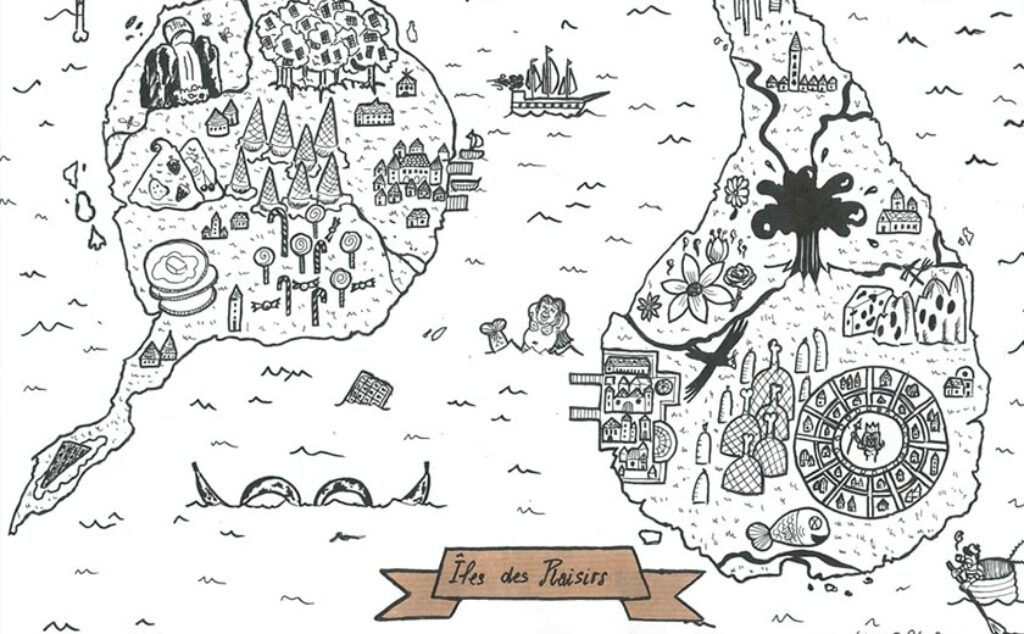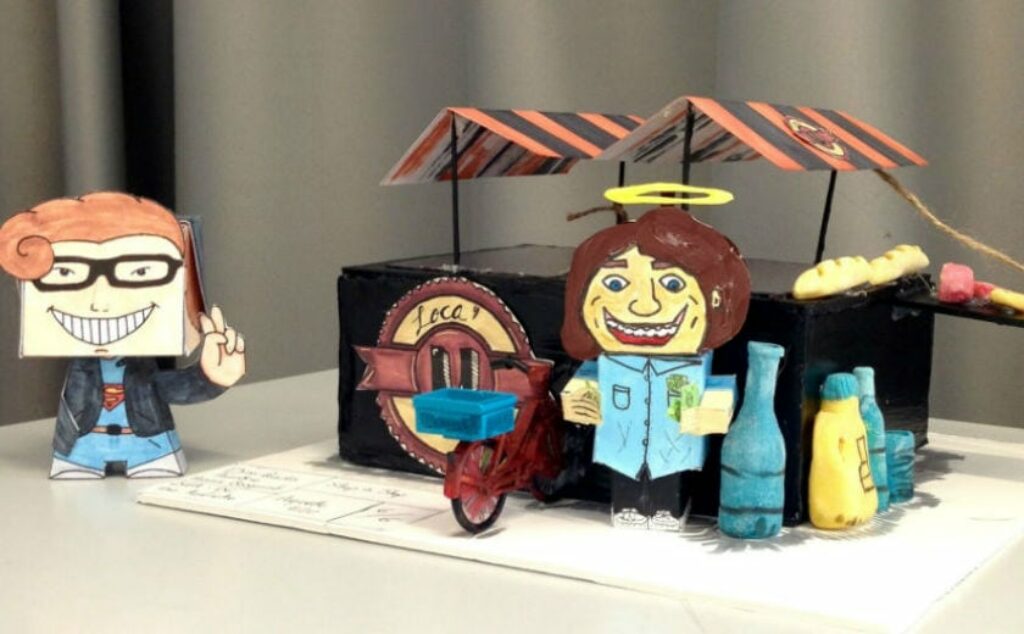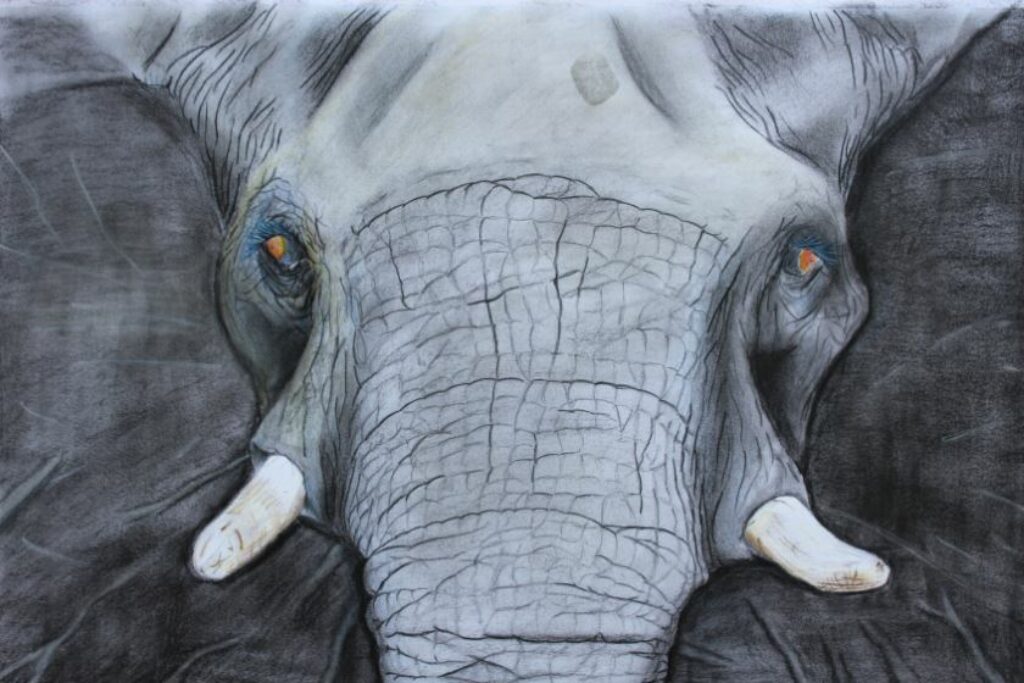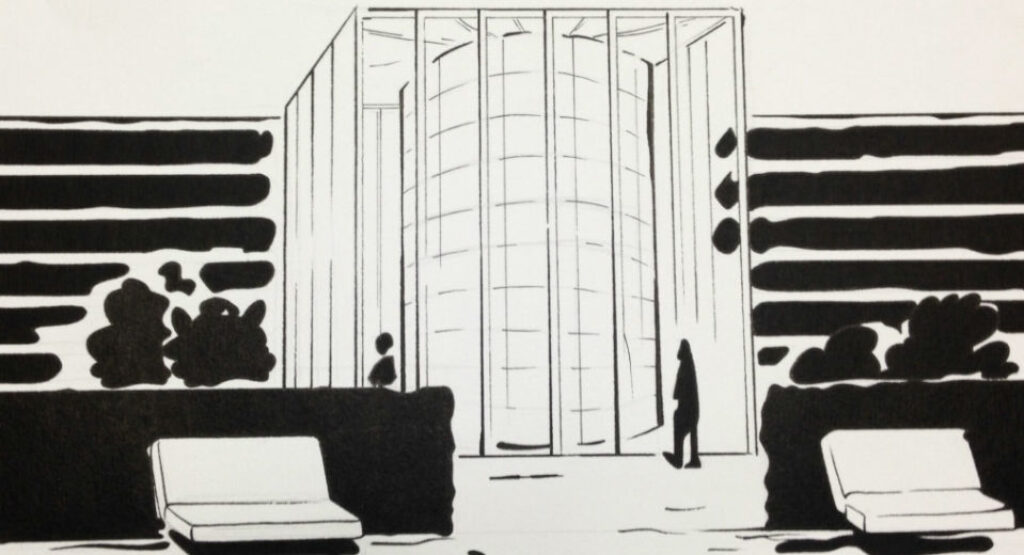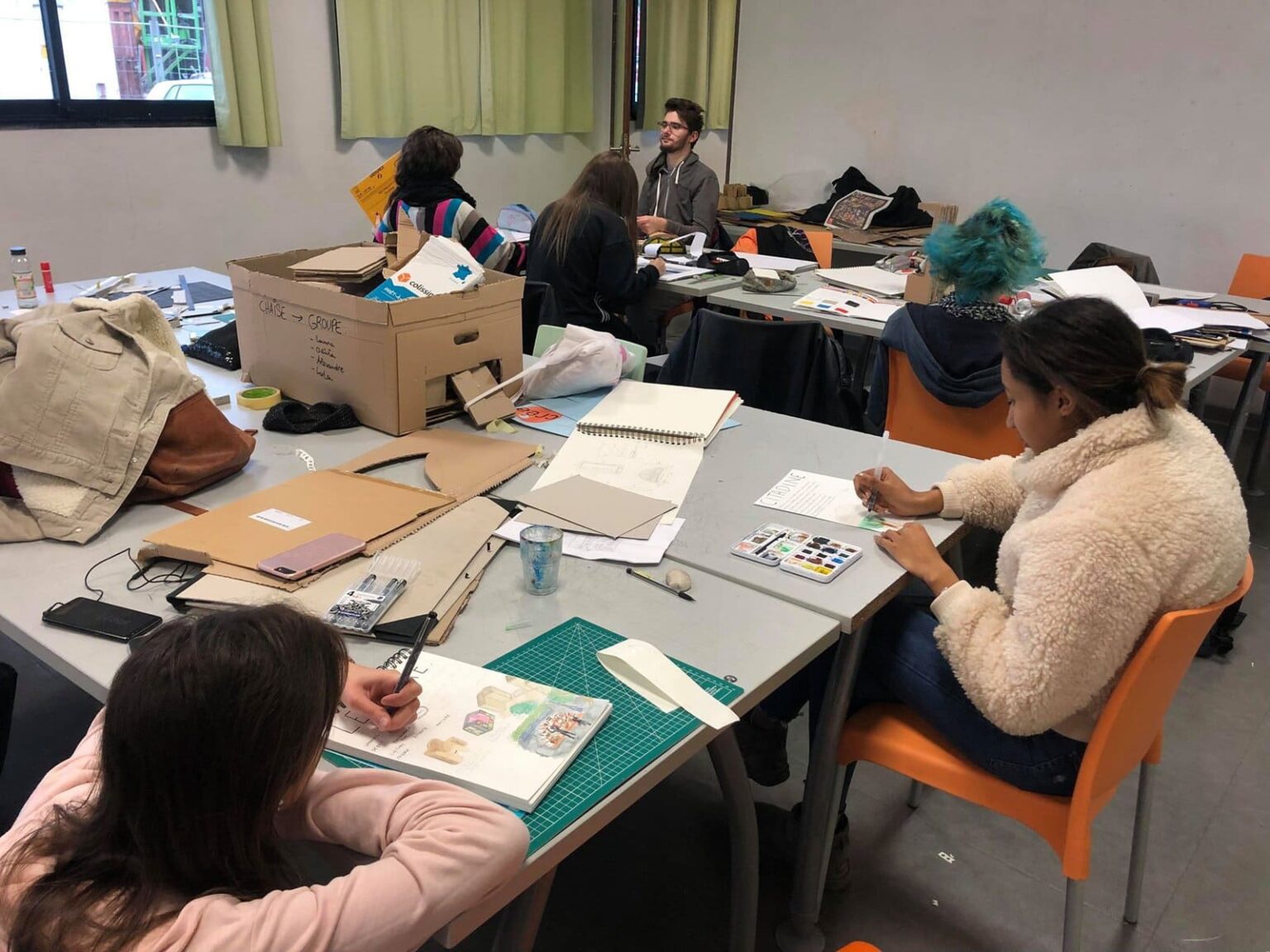
- Training Preparatory Entertainment
- Promotion 2018
Find out more about the 2-day workshop offered by Space Design teacher Marie Bastide for MANAA students.
Your contribution concerns the creation of a cardboard base.
Like paper, cardboard comes from wood. It is obtained by laminating several layers of paper. Rigid cardboard first appeared in France in 1751 for very specific uses, such as book bindings and playing cards.
Today, the main uses for cardboard are in the packaging and publishing industries. It is a recyclable and inexpensive material. It is very easy to recover.
Certain designers and architects, such as Franck Gehry, began experimenting with new production techniques in the 1960s and were interested in inexpensive, affordable materials. This research led to the “Easy Edges” series, of which the “Wiggle Side Chair” is the best-known.
There are two types of cardboard, but the most common is honeycomb.
Honeycomb cardboard is the most resistant. It is made up of 2 sheets of Kraft paper that enclose hexagonal cells. The honeycomb structure makes this board extremely strong, and it comes in a range of thicknesses (from 10 to 100 mm).
It’s a must for the cardboard furniture industry, as it can be cut to very precise shapes, extending the design possibilities.
Analysis and creation
After analysing this material and producing drawings and volumes of research, the students have to identify key words, principles and a concept based on artistic and/or architectural references.
At the end of this creative work, they will have to make a choice.
Finalisation
Once the project has been clearly defined, the students will have to make a model of the cardboard seat they think will be most communicative. (The scale is free, but the design must be legible).


